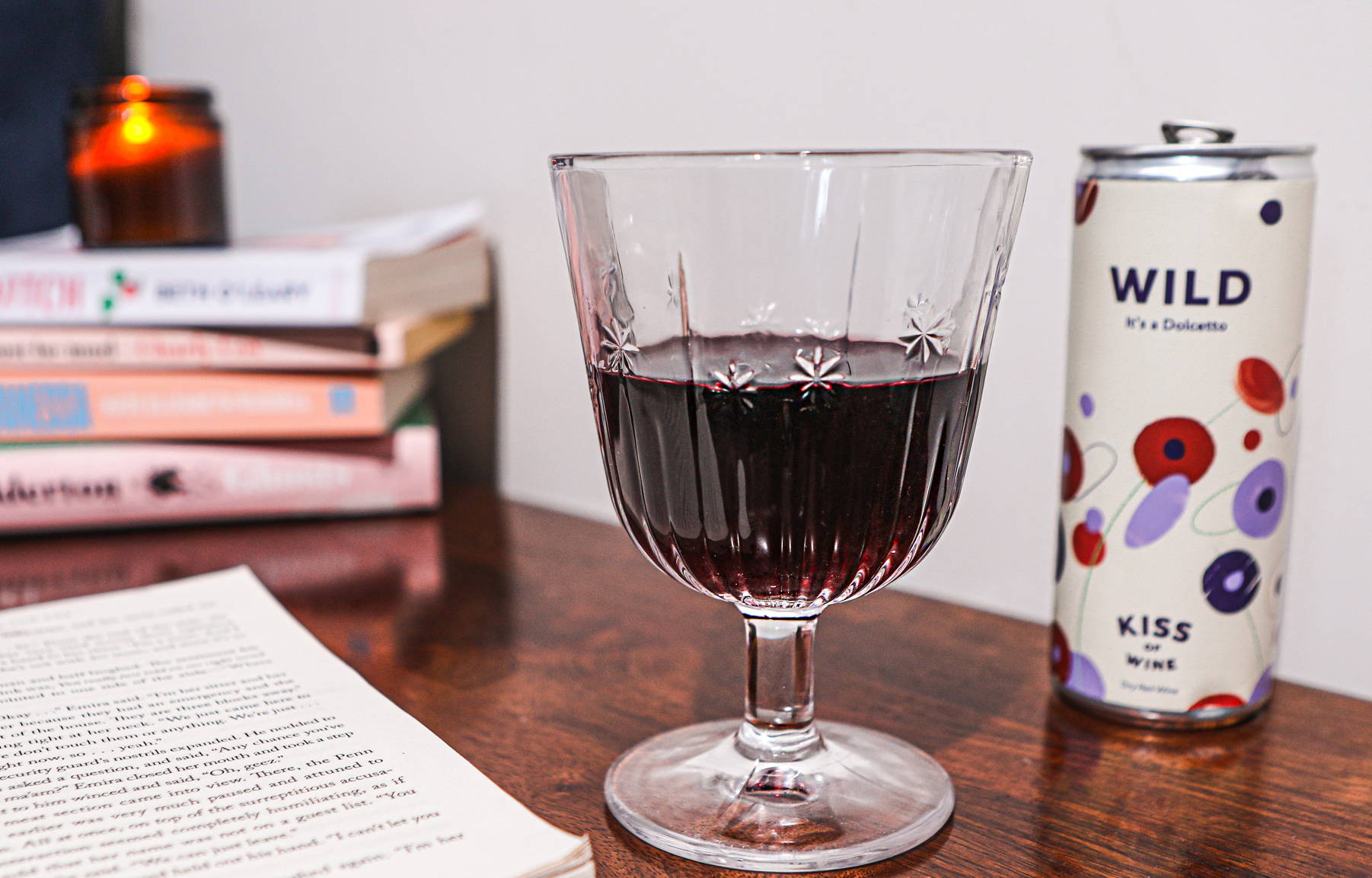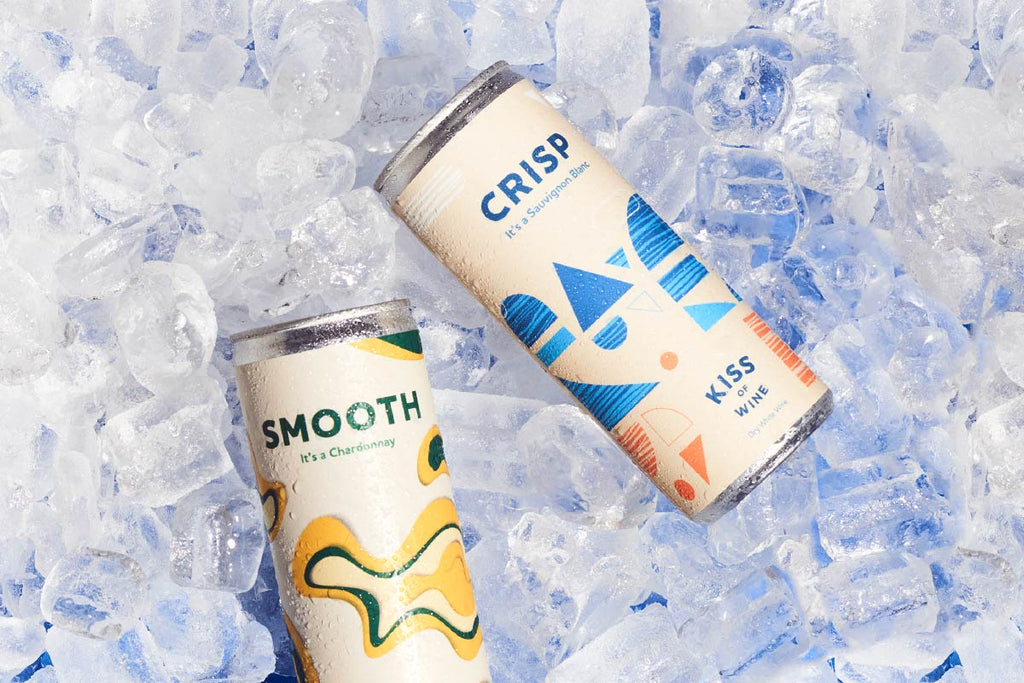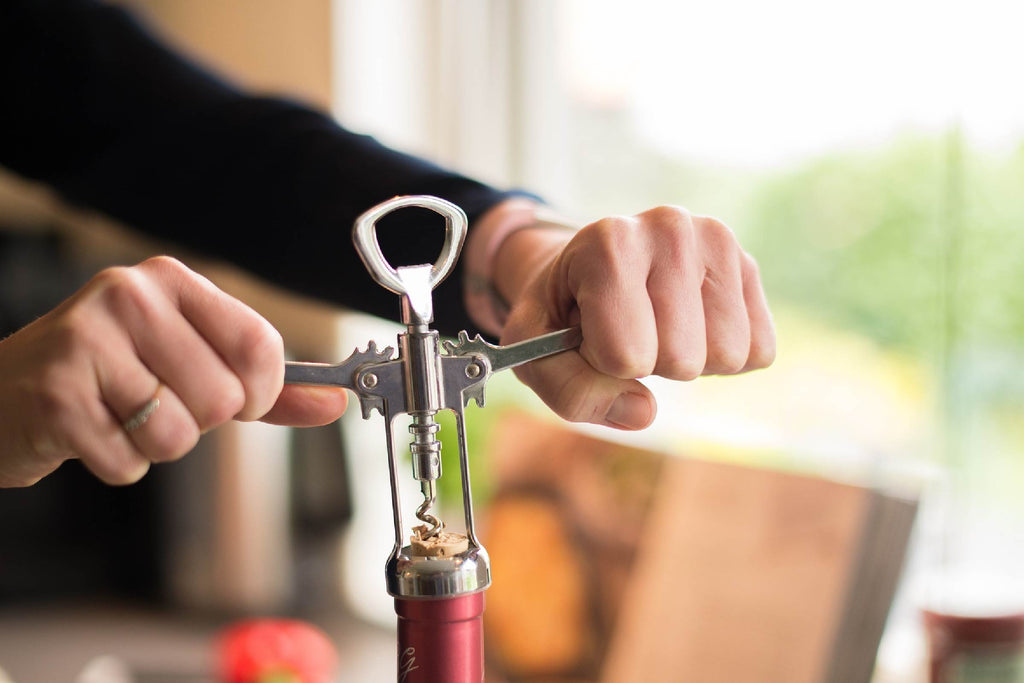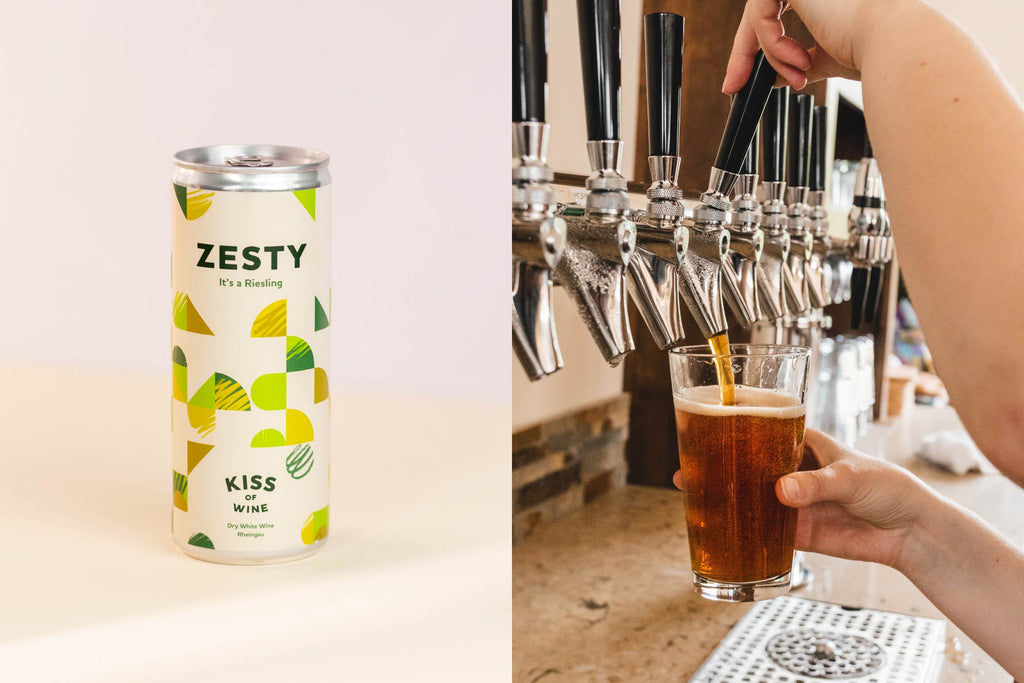Why you should be chilling your red wine
The do's and don'ts
Picture this, it’s hot, the sun is out but you’re really in more of a red wine mood. Well, you’re in luck, because not only is it a fallacy that red wine is meant for winter, it’s also untrue to think that you cannot or should not chill red wine.
We sat down with our wine expert, Nick, who has told us why you can chill your red wine all year round (and why you should!), and exactly how to do it.

Why does temperature matter so much?
The temperature you serve your wine at, red and white, matters. It’s one of the first things you learn; white wine cool, red wine not cool. Temperature has the ability to enhance certain flavours or complexities of your wine, disguise the imperfections of poor quality wine, or even hide certain features of the wine altogether!
The features of red wines tend to be enhanced at warmer-than-usual temperatures as it releases the bouquet and its complexity. This is where the idea that red wine shouldn’t be chilled originates. However, while this is still true, it very much depends on the variety and sometimes, it’s better than some varietals spend at least some time in the fridge to reach their ideal temperatures.
If your red wine is lacking in structure or balance try chilling it for a bit longer. Alternatively, if it is seeming a bit lacklustre or dull, then leave it out of the fridge for a little bit before serving.

There’s chilled, and then there’s chilled
Aromas, taste and the general features of a high-quality wine will differ depending on the temperature at which it is served — it’s not as simple as throwing red wine in the fridge until it’s cold. Instead, red wine varieties, especially, are better at specific levels of chilled and how you chill it largely depends on whether it is light or full-bodied.
At room temperature, you can fail to get the full flavour profile of a full-bodied red wine such as Cabernet Sauvignon, Dolcetto or Nebbiolo, and this is certainly true for your medium-to-light bodied red wines such as your Primitivo, Pinot Noir and Grenache.
To break it down for you — full-bodied red wines with high tannins perform best between 15-20 degrees celsius. Depending on where you are, this is likely still below room temperature! As your red wines become lighter-bodied or higher in acid, the cooler they should be. Light-bodied red wine is better served at 12-15 degrees.

Let’s do the maths
How long to leave it in the fridge is the next question, and while there are many factors that contribute to that, here is a good gauge:
The average temperature of a fridge is around 4 degrees. As for room temperature, this is somewhere around 20-22 degrees. So, from room temperature, a bottle of wine will take about 45 minutes to chill a full-bodied red and about an hour or so for light-to-medium red wine.






